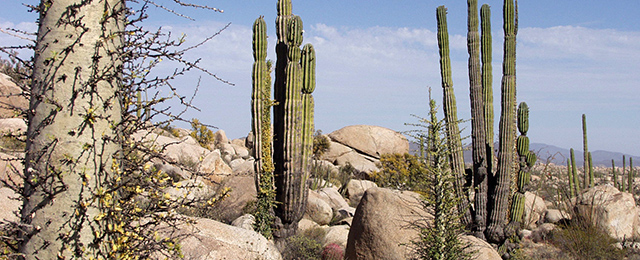
Looking for a Pulse in Dryland Ecosystems: Evaluating the Pulse Dynamics Paradigm Forty Years after its Creation
Dryland ecosystems are characterized by infrequent and variable precipitation and, in his seminal 1973 paper, Noy-Meir proposed hypotheses that placed dryland ecosystem controls into a ‘pulse dynamics’ framework. This framework has become a central tenet for dryland ecology and, while it has been frequently cited and built upon, the paradigm has not been directly tested. Now is an ideal time to undertake a rigorous quantitative assessment of the pulse- reserve paradigm. In the past forty years, the scientific community has accrued numerous experiments and datasets with which to test the paradigm. Further, several numerical tools have evolved that allow us to address these concepts across multiple spatial and temporal scales.
Here we bring together world-renowned dryland experts, numerical modelers, and remote sensors to directly assess and refine a framework for understanding how precipitation and soil moisture drive plant community composition, productivity, soil respiration, and coupled biogeochemical cycles. Emerging evidence suggests that dryland plant activity determines biogeochemical cycles at the global-scale and, in this context, a framework for understanding how climate regulates dryland functioning would be of great benefit for considering both current and future global function. In sum, this symposium seeks to continue Noy-Meir’s legacy of elucidating precipitation controls in drylands, to put this legacy into a climate change context, and to utilize the wealth of dryland data and numerical tools that have accumulated in the last forty years to create an improved framework on which dryland ecology can continue to build.
More information.
Contact globaldrylands@asu.edu with questions.

